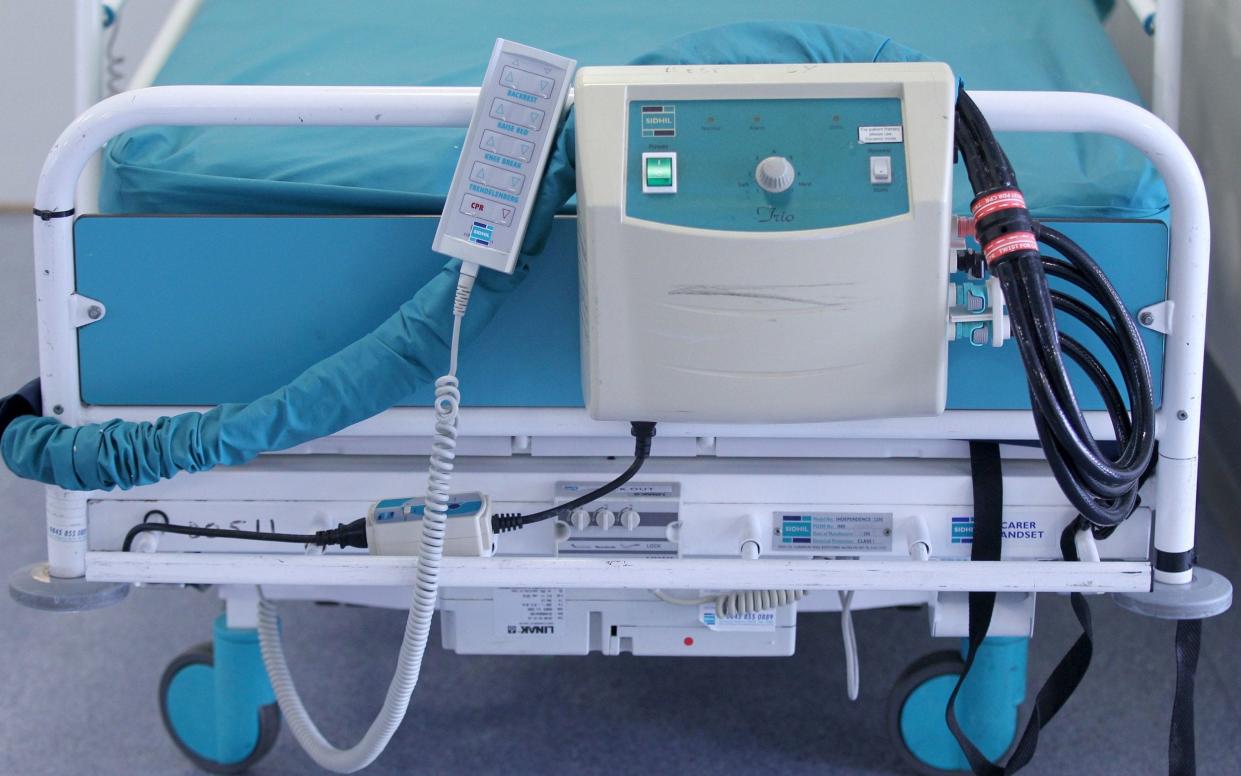More than 150k patients wait at least 24 hours for bed after arrival at A&E, data shows

More than 150,000 patients were forced to wait at least 24 hours for a bed in NHS emergency departments last year, according to new figures.
The number waiting a full day for a bed in a hospital after arriving to accident and emergency (A&E) has risen tenfold since 2019.
It comes after the Royal College of Emergency Medicine (RCEM) said delays in A&E were responsible for around 14,000 deaths last year, or more than 250 each week.
The new figures, released under freedom of information (FOI) laws and compiled by the Liberal Democrats, revealed a huge number of people were forced to wait beyond a full day despite being sick enough to require treatment.
The FOI responses from 73 hospital trusts, about half the total, showed that 153,000 patients waited more than 24 hours in A&E before a bed could be found for them, with the true figure likely to be higher.
The data only includes those patients ill enough to need a hospital bed rather than those who were seen, treated and sent home without being admitted.
Up 17 per cent in a year
The figure is up 17 per cent in a year and considerably higher than in 2019 when the equivalent figure for 24-hour waits was less than 15,000. About two thirds of the patients are over 65.
“It is appalling that so many elderly and vulnerable people are being forced to put up with these terrifying waits as our health service teeters on the brink,” Sir Ed Davey, the Liberal Democrat leader, told The Times.
“Behind each one of these figures is a story of someone waiting in pain, worried sick about getting the care they need.”
He added: “We desperately need more hospital beds and a long-term solution to the social care crisis to end these devastating A&E delays.”
There was variation across the country, with East Kent Hospitals faring the worst of trusts that responded to the FOI, with 14,400 patients waiting more than a day.
Some of the trusts did not record any 24-hour waits while 10 of them said they had fewer than 100.
Adrian Boyle, the president of the RCEM, said that these patients were “always people who are sick who need to be admitted to hospital. The majority are those who have general medical problems and are elderly with multiple conditions. Quite a lot also have mental health problems”.
He added: “We know that staying 12 hours is harmful for people so staying longer certainly won’t be good for people,” Boyle said. “For every 72 stays of 12 hours [in A&E], there will be one excess death. There was also a study in France showing that if people over 75 spend more than 12 hours in the emergency department they had a 5 per cent increased risk of death in the subsequent admission.”
‘Deep-seated lack of capacity’
Mr Boyle told The Times the NHS was short of 10,000 beds.
“This is a deep-seated lack of capacity in our hospitals. We still have the least number of beds per head of any European country apart from Sweden. The pandemic will definitely have disrupted and accelerated things but the problems were set in stone beforehand.”
An NHS spokeswoman said: “Last year NHS staff contended with significant demand – 393,000 more A&E attendances and 217,000 more emergency admissions compared with 2022 – on top of unprecedented industrial action, high bed occupancy and the usual pressure caused by seasonal illness including Covid and flu.”
But she insisted there had been “significant progress for patients – alongside increasing capacity including extra beds and ambulances, the NHS has expanded the use of innovative measures like same-day emergency care to help avoid overnight admissions from A&E, and treating people closer to home”.
A Department of Health spokeswoman said: “We are committed to ensuring people get the emergency care they need. A&E four-hour performance improved in February compared with January, despite the highest number of A&E attendances on record and the impact of industrial action.
“Our urgent care recovery plan, backed by £1 billion in 2023-24, has added an extra 5,000 hospital beds and rolled out 10,000 hospital at home wards to help people be treated in the comfort of their own homes.”


